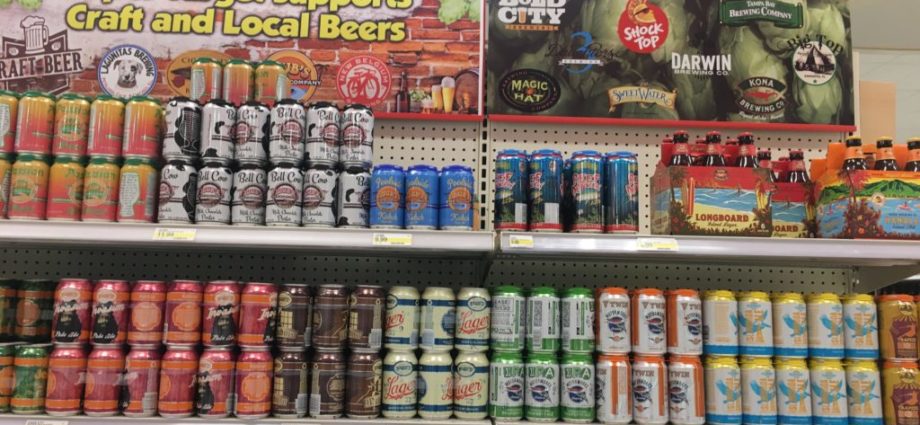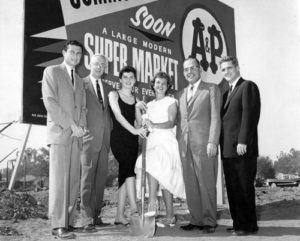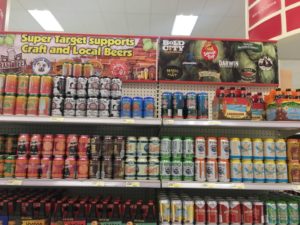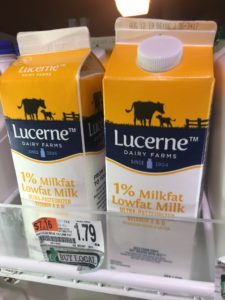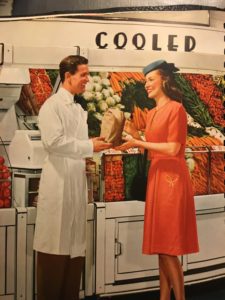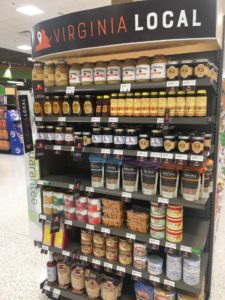
Promoting regional food manufacturers and suppliers is good business. But national retailers have been aggressive about getting rid of smaller suppliers, preferring to reduce the number of SKUs, or products, and allowing manufacturers to buy up and fill up center aisles. These trends go in cyles; the chain like Walmart reduces brands, sees a missed market, and adds some back.
This trend is seen at big retailers like Walmart and Target, where aisles that might have had dozens of products a decade ago will instead have a deep display of a few products, in voluminous assortment and flavor varieties. So Crest and Tide become sort of uber-brands, with dozens of variations, each version blocking out a smaller company. In detergents, you see the particular issue, where a single brand takes up multiple slots, and many rows. In this scenario, smaller products make up the bottom shelf, and consumers invariably miss them entirely, or have to search harder.
This practice is not new, but it is relatively new to the United States. The shelf hogging practice creeped in when the Justice Department stopped enforcing anti-trust laws, and allowed mergers in just about every sector, and suppliers consolidated.
The undemocratic habit is borrowed from socialist and communist countries, where there were only a few manufacturers, and large retailers had plenty of shelf space. Back in the 1980s and before, Eastern European countries had state owned stores, and only state owned manufacturers. In Yugoslavia, for instance, the downtown department store Magros would have an entire section of locally produced Hart skis, and no others. Entire aisles had one manufacturer, making the store into a distribution depot, and not a true retailer that responded to consumers.
The last decade, however, has seen an explosion of new startup brands, and a cherishing of local. This began with the local beer campaigns, which created multiple breweries in most larger cities, as compared to the 1970s, when only a few brewers controlled the entire market. This campaign was won on taste, as consumers figured out that the beer that they were drinking was rather boring.
Other factors are making space again for these new regional items. Packaging and print on demand have made labeling easier, and shows like ABC’s Shark Tank have shown consumers how to launch their own brands.
Retailers had to respond. For instance, Super Targets have displays of local beer in a local Sarasota store. That large retailers have an open door to new products creates a pipeline; consumers in turn get used to the variety. Retailers have figured out that these products have better margins and better consumer appeal. Point of Sale systems are also better at keeping track of these new and ever-changing brands; this allows some stores to carry particular lines, and differentiate store shelves.
Publix is also good at creating excitement around regional brands. When they opened locations in Richmond, Virginia, they created Virginia bags, and added end-aisle displays of local products. They also added bread from Ukrop’s, which was the beloved local grocery chain that was sold and ruined.
Nurturing smaller companies helps grocers compete with major consumer products companies, and gives them leverage. It also helps them understand trends. For consumers, it is good practice to ask managers for the local products that you like, and buy them. Personal relationships between customers, retailers and manufacturers can subvert devious corporate schemes in the most positive way.
Next time you are grocery shopping, look for and ask after small family owned brands.

